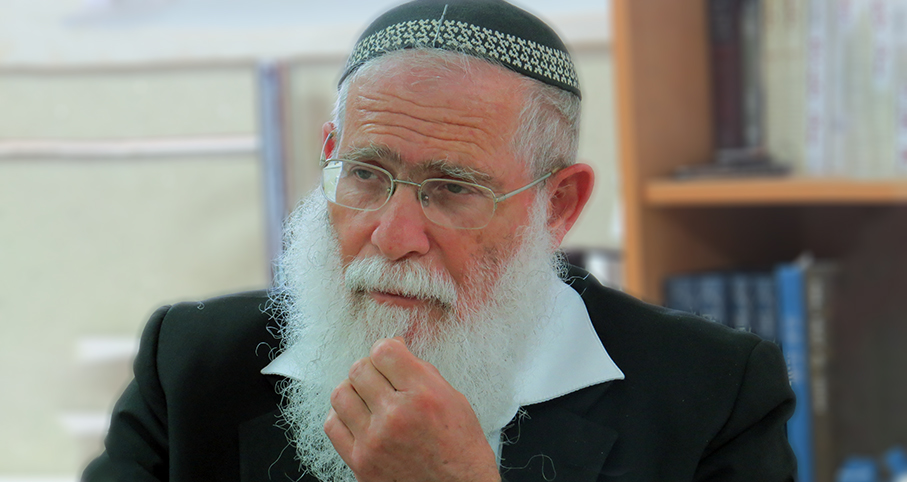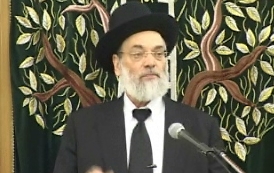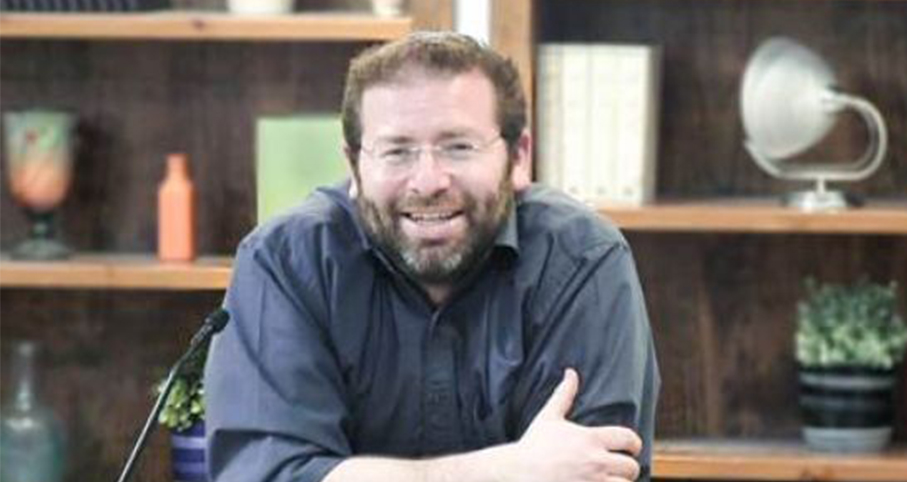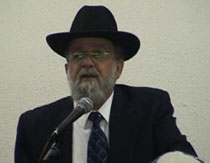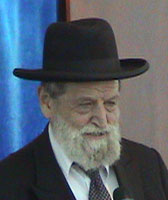Beit Midrash
- Sections
- Chemdat Yamim
- P'ninat Mishpat
What "teeth" does beit din have to stand behind their determination in this middle case? Rabbeinu Tam is one of the Rishonim who is less inclined to use coercion. Yet, he is quoted by many sources as saying that in some cases where beit din cannot coerce, they can declare a harchaka, an order for people to stay away from the husband. Among the many manifestations of the harchaka are that no one should do him any favors, do business with him, or even do a brit mila for his son (see Rama, Even Haezer 154:21). The limitation the Rama mentions is not to put him in niduy, a form of excommunication that includes an element of curse.
What is the difference between coercion and the strong steps of harchaka d’Rabbeinu Tam? Rav Yosef Goldberg, in complementary articles in Shurat Hadin, vol. V and VI, champions the following thesis, which greatly reduces harchaka d’Rabbeinu Tam’s efficacy. Besides niduy, beit din should not do anything that is likely to force the husband to give a get, just encourage him (based on the Rivash, Maharik, Beit Ephrayim and others). One of the factors that play a role is whether the person can move to another location where people have not been instructed to distance themselves. This makes the Israeli law that empowers beit din to use such steps as withholding a driver’s license and banking rights problematic, as these apply throughout the country. According to this approach, though, if one does not use too powerful a sanction, then even if harchaka d’Rabbeinu Tam should not have been used, it will not render the get invalid because it is not considered force.
The more accepted approach to the logic of harchaka d’Rabbeinu Tam is justified by Rav Ovadia Yosef (Yabia Omer VIII, EH 25). That is that it is not the level of pressure on the person that is the issue, but the question of whether anyone is doing anything to him. All of the things mentioned deal with withholding things that while usually available to neighbors, are things that people do not have to provide. Thus, by virtue of beit din informing everyone that the husband is persona non grata, their agreement to not extend various courtesies is a fair act of not giving. It is not a case of taking from him or withholding absolute rights. Since this is a form of legal coercion, if one invokes it when it is not justified, the resulting get may be invalid as an improperly coerced get.

P'ninat Mishpat (802)
Various Rabbis
171 - Conditions on a Get After it Was Given to an Agent
172 - Use of Harchaka D’Rabbeinu Tam
173 - Steps Against a Uncooperative Litigant
Load More

P'ninat Mishpat: Can the Tenant Take Off for Theft?
based on ruling 85035 of the Eretz Hemdah-Gazit Rabbinical Courts
Beit Din Eretz Hemda - Gazit | Iyar 5784

P'ninat Mishpat: Rental of an Apartment that Was Not Quite Ready – part I
based on ruling 82031 of the Eretz Hemdah-Gazit Rabbinical Courts
Beit Din Eretz Hemda - Gazit | Nisan 5784

P'ninat Mishpat: Multiple Agreements and Parties – part II
based on ruling 80082 of the Eretz Hemdah-Gazit Rabbinical Courts
Beit Din Eretz Hemda - Gazit | Kislev 5786

